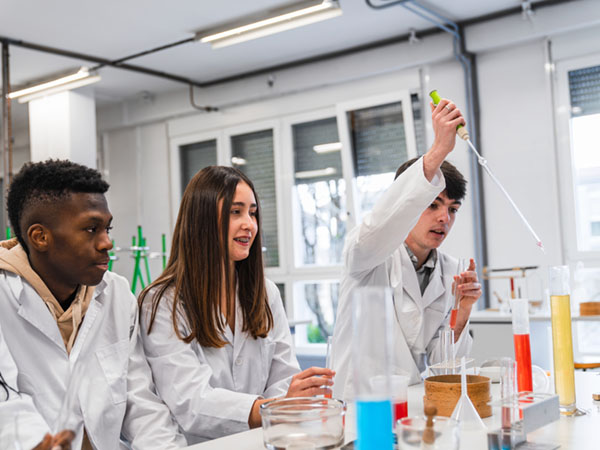
Grade:
Topic:
Unit:


In this lesson mini, students will build professional skills through interactive activities like mock interviews, team projects, elevator pitches, and role-play. They will practice communication, collaboration, and problem-solving while reflecting on how to apply these skills in real-world settings. By the end, students will feel more confident navigating workplace situations and presenting themselves professionally.

Minutes
Minutes
Minutes
Minutes
Minutes

Level-up current events into dynamic learning!